The Pitfalls of Anti-Aliasing with Transparent Textures
Smoothing out the hard edges of buildings and the like is one benefit of Anti-Aliasing but regular, vanilla AA has its limitations. Specifically, it is useless at smoothing the edges of lines within a texture.It is a subject we covered at length in our feature: Transparency & Adaptive AA Explained. If you have not read it already, you should definitely do so in order to full understand how this rather cool technology works.
In the context of SiN Episodes the benefits of Transparency Supersampling and Quality Adaptive AA are very, very evident. The game has many instances of the humble chainlink fence (as did Half-Life 2 for that matter) and we will show you the difference of running with and without it enabled.
Early in the game, you find yourself in this industrial area, which true to life, is surrounded by fencing. From a distance, the cross pattern of the fence wire is just a mess of dots and moving closer (top row) does little to improve things.
However, after enabling Transparency Supersampling AA or Quality Adaptive AA (these screenshots are from our NVIDIA test system), the problem disappears instantly. The mesh is clearly visible and more importantly, it is stable - without Transparency Supersampling or Quality Adaptive AA, the lines jumps all over the place, which is very distracting.
Moving closer - these thumbnails are cropped at 100% - and the conventional AA pattern remains simply woeful. There are entire sections of fence completely missing (top left). Again, Transparency Supersampling and Quality Adaptive AA do a great job of rendering the scene as you would expect it to be.
If you think this area is an isolated example, take a look at the right-hand pair (top & bottom). This scene is a few minutes later in the game and features even more fencing. Clearly the enemy is not jaggies buildings - these are easily covered with regular AA techniques; the enemy is transparent texturing.
The bottom line: we highly recommend using Transparency Supersampling or Quality Adaptive AA (for NVIDIA and ATI cards respectively) where humanly possible. Even if it means dropping from 4xAA to 2xAA, we feel that the overall image quality is higher.

MSI MPG Velox 100R Chassis Review
October 14 2021 | 15:04


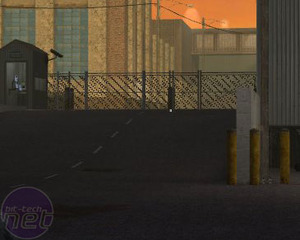
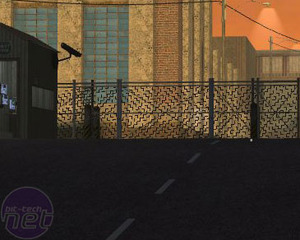
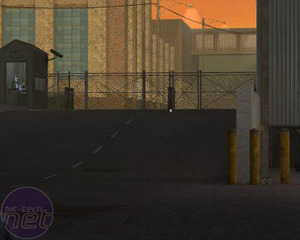
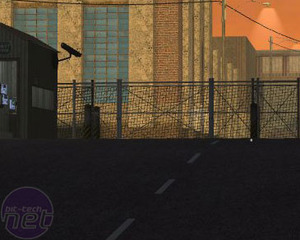

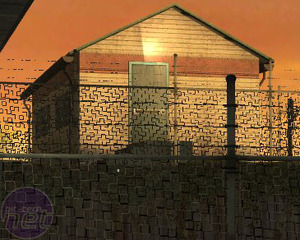

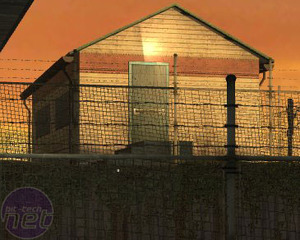








Want to comment? Please log in.